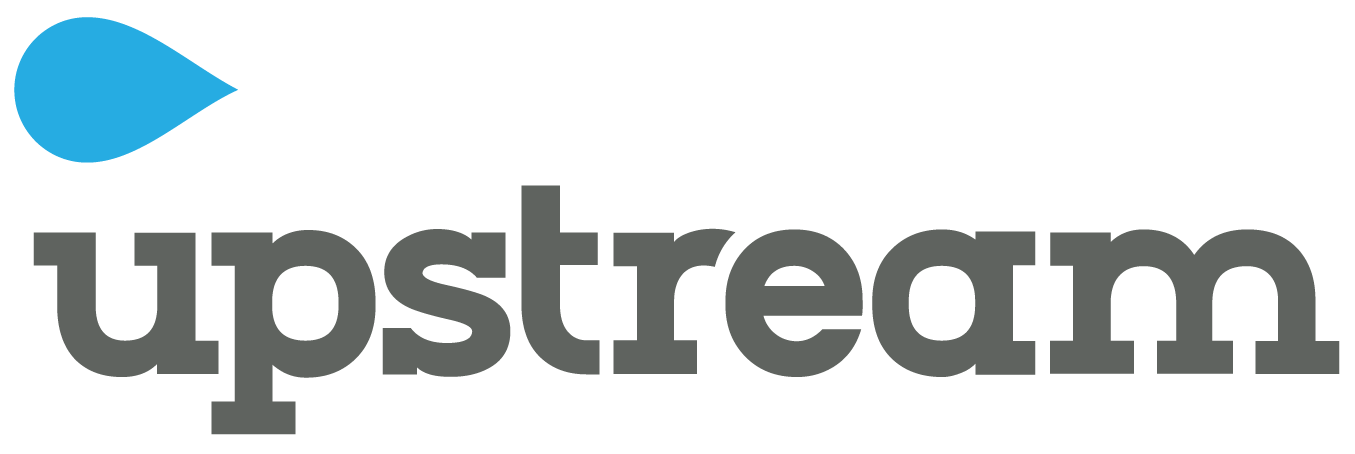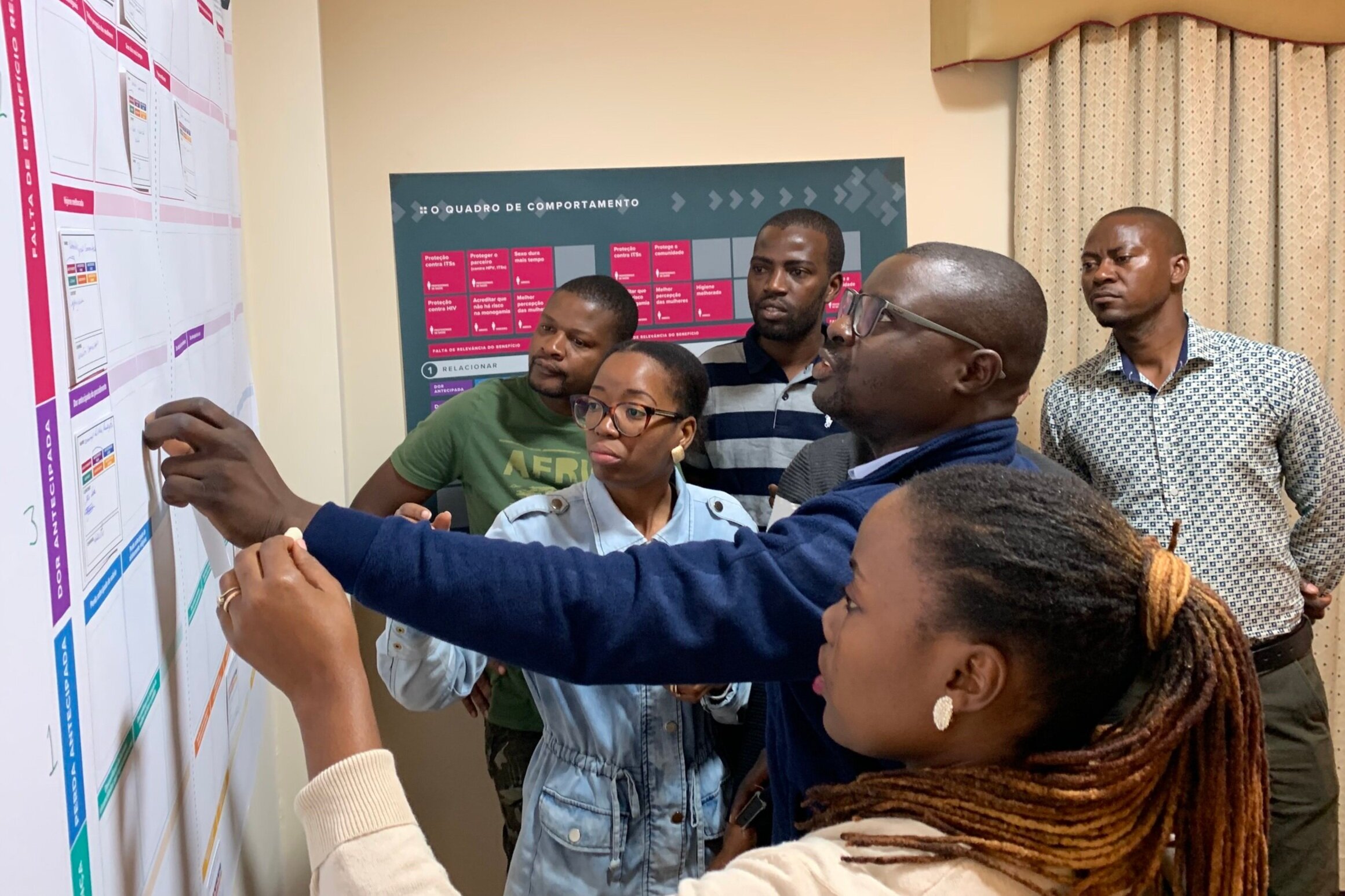
Moving men through their journey of relating to, anticipating and advocating for HIV prevention.
Framing barriers to prevention uptake
Prior research identified that most men intend to use prevention but very few follow through. Sponsored by the Bill & Melinda Gates Foundation, this phase focused on understanding the intent-action gap. We qualitatively engaged thousands of men in journey mapping and projective ethnography and then quantitatively segmented them based on their unique behavioral drivers. The insight gained was used to develop a framework describing the stages men experience and the barriers to advancing through them. A few of the barrier themes included a lack of prevention relevance in their lives, anticipated shame associated with using prevention methods, and distrust of those advocating for prevention. The framework was used to describe the unique reasons why each segment does or does not uptake prevention.
Identifying solutions to move men forward
Barriers were anchored in behavioral economic principles that incorporate levers for solutioning. Using the direction levers provide, we engaged; service providers, community healthcare workers, and target segments in co-creation to identify concepts to resolve barriers and move men through their stages. Concepts spanned mass media, interpersonal communication, and healthcare service experience. Prototypes of concepts were developed and evaluated in-field with target segments and then iterated until they proved effective at advancing men to uptake and advocacy.
Driving implementation across healthcare systems
National healthcare systems in sub-Saharan Africa are dependent upon a variety of service providers, each with their own set of capabilities (e.g. mass media, community mobilization, service delivery, etc.). We developed a suite of Action Catalyst Tools designed to drive the implementation of solutions across this landscape. As countries continue to deploy solutions leveraging them as a common foundation, they are more able to cross-pollinate successes and further scale impact.
“The insights and frameworks developed by Upstream have helped us design and prototype several new interventions that increased prevention uptake.”
- Demand Generation at PSI Zimbabwe




